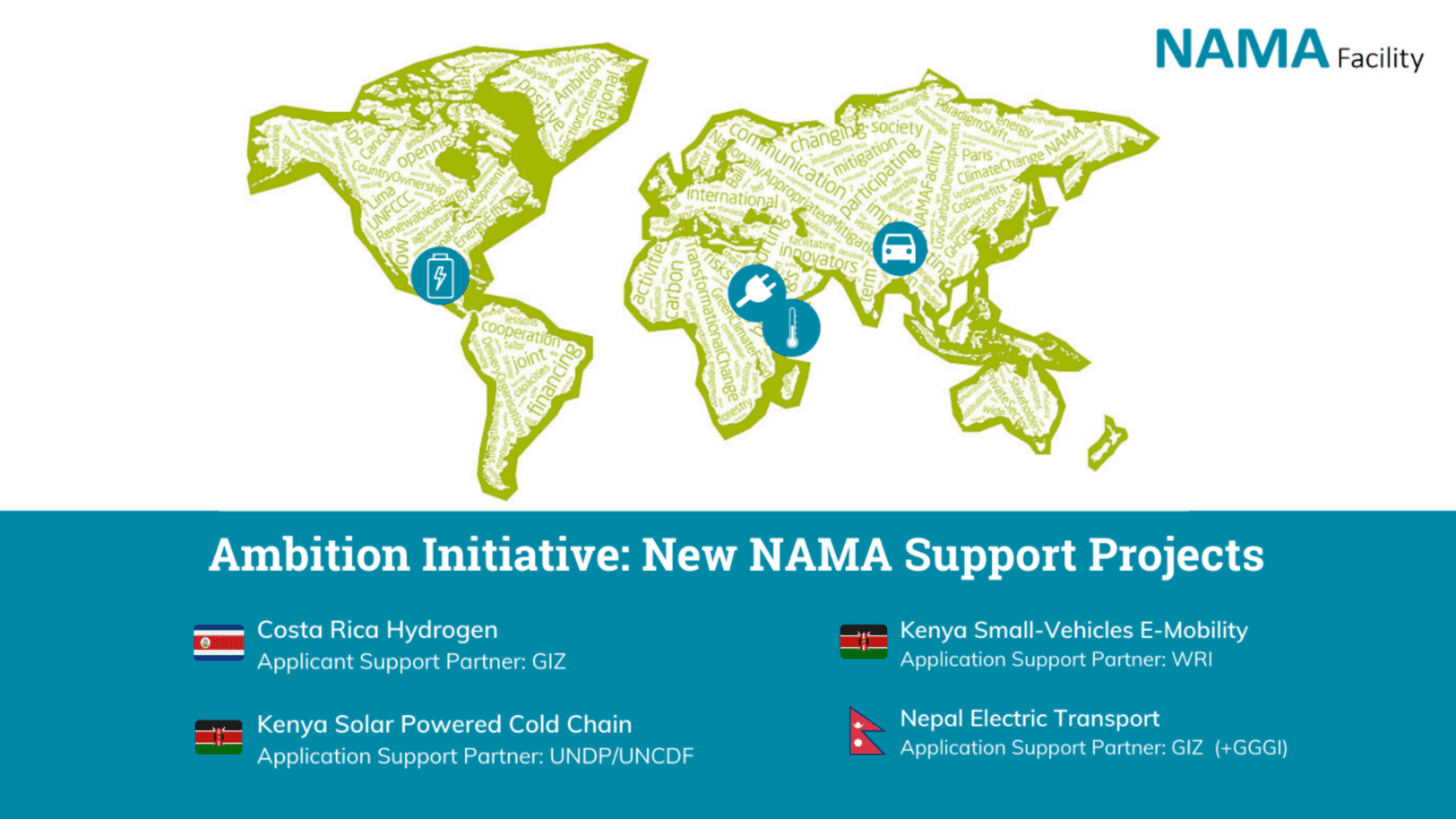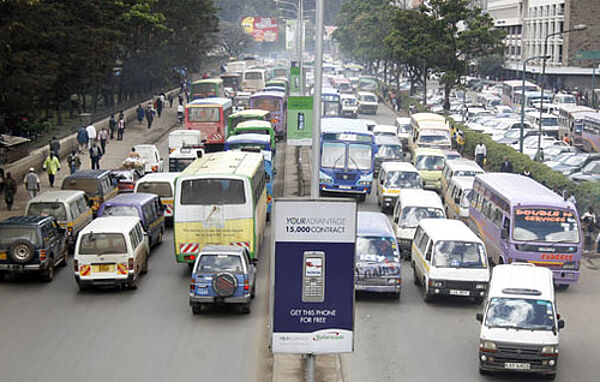
Background: Transport sector emissions are rapidly growing in Kenya and are expected to exceed 20 million tCO2e by 2030. Accounting for approximately 13% of total emissions, the transport sector is the second highest contributor of greenhouse gas (GHG) emissions in the country. Transport has been identified as a focus sector in Kenya’s enhanced Nationally Determined Contribution (NDC) commitments and National Climate Change Action Plan. With 72% of the population residing in rural areas and a low vehicle ownership rate of 28 vehicles per 1000 persons, there is a significant leapfrog opportunity for e-mobility development in Kenya. With ongoing rapid motorisation, especially in the two-wheeler (2W) and three-wheeler (3W) segments, an accelerated transition to e-mobility is needed to avoid the lock-in emission impacts of fossil fuel-powered motorisation and to maximise the emissions reduction potential of the transport sector.
Approach to Transformational Change: The project, “Kenya —Small Vehicles E-Mobility” has the overall goal of accelerating the transition towards e-mobility to achieve reductions in transport sector emissions, as well as create green jobs and industrial growth in the assembly and manufacturing of e-vehicles. The project will therefore focus on facilitating the penetration of e-2Ws and e-3Ws in peri-urban and rural areas to help the market reach a take-off point for an irreversible transformation.
The project will apply instruments to mobilise both the supply and demand for e-2Ws and e-3Ws. To overcome the barrier of higher upfront purchase costs, it will deploy subsidies totalling EUR 7.5 million to finance approximately 65,000 e-2Ws and e-3Ws (60,000 e-2Ws and 5,000 e-3Ws), with a focus on peri-urban and rural markets. To tackle the issue of limited access to asset financing, especially for commercial fleets, EUR 3.5 million will be allocated as a second-loss partial credit guarantee. On the supply side, the project intends to unlock private sector debt financing through a first-loss credit guarantee fund totalling EUR 5.5 million, which is designed to absorb losses of up to the first 10%. This will help overcome the barrier of insufficient local manufacturing and assembly capacity for e-vehicles.
Mitigation potential: Total GHG emission reductions are expected to reach over 1 million tCO2e in the ten-year period following the project’s implementation. It will be accompanied by the mobilisation of local assembly capacity for over 100,000 of e-2Ws and e-3Ws, resulting in the creation of about 3,500 direct “green jobs”.






